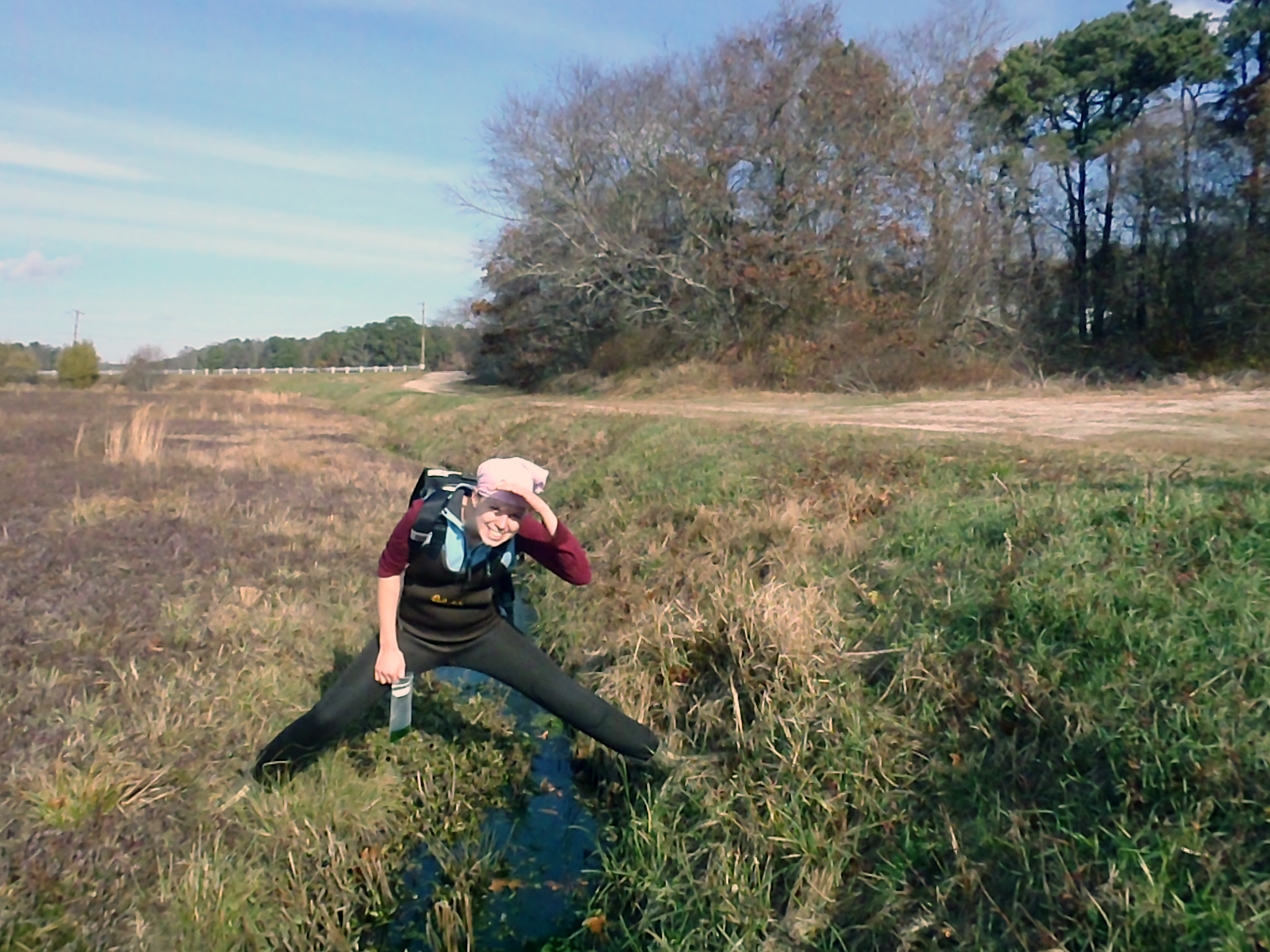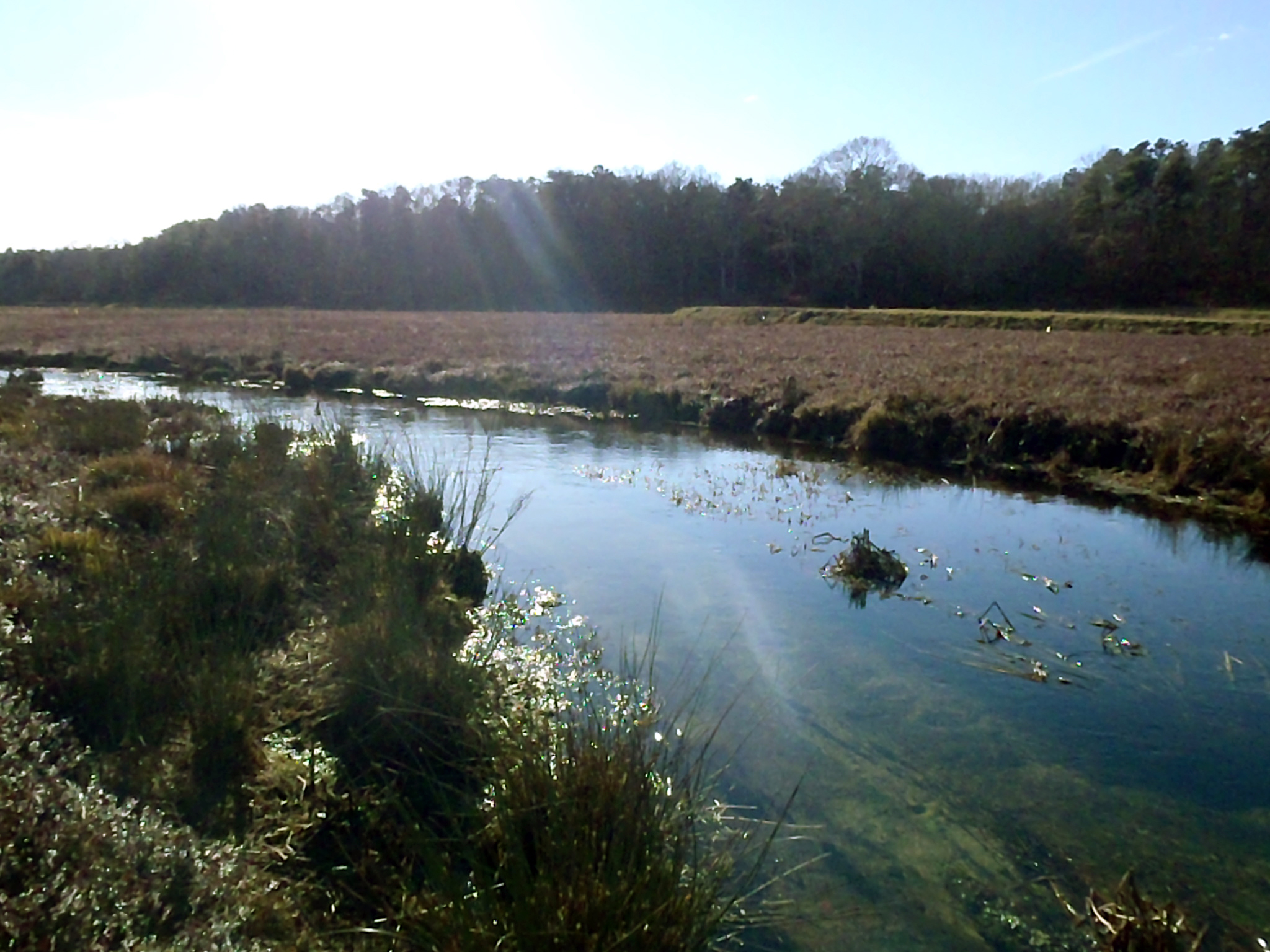
Features
Fruit
Production
Flow-through cranberry bogs impact streams
January 12, 2011 By Clarkson University
 January 7, 2011 – Research
January 7, 2011 – Research
by Clarkson University senior Holly Engel of Miller of Miller Place, N.Y., a
student in the semester in environmental science (SES) program at the Marine
Biological Laboratory (MBL), supports what Cape Cod cranberry growers already
suspected: the traditional flow-through bogs have a negative impact on stream
quality compared with modern bogs.
January 7, 2011 – Research
by Clarkson University senior Holly Engel of Miller of Miller Place, N.Y., a
student in the semester in environmental science (SES) program at the Marine
Biological Laboratory (MBL), supports what Cape Cod cranberry growers already
suspected: the traditional flow-through bogs have a negative impact on stream
quality compared with modern bogs.
Engel is an environmental
engineering major at Clarkson.
 |
|
| Holly Engel, a student in the MBL’s semester in environmental science program, collects water samples in Middle Bog along the Coonamessett River in Falmouth. |
Since passage of the 1996
Massachusetts Rivers Protection Act, cranberry growers have not been allowed to
construct new flow-through bogs, which are directly adjacent to rivers and
streams. There is significant concern that such bogs compromise the health of
streams by impeding the migration routes of fish, such as herring, and by
polluting the streams through fertilizer and pesticide use. Current practice is
to construct bogs away from natural water sources and pump water through them
mechanically. However, flow-through bogs are grandfathered and currently
account for 10 to 15 per cent of cranberry agriculture on Cape Cod.
Over the past fall at the
MBL, Engel compared the health of streams in eight sites on Cape Cod. Of these,
two were in flow-through bogs that are being actively used for agriculture,
four were in flow-through bogs in either early or older stages of natural
restoration, and two were in natural rivers that had never been altered or used
for cranberry production. Engel compared the diversity of the streams’ habitat
structures, the invertebrate populations that provide food for fish, food webs,
and nutrient pollution. She found that the actively farmed flow-through bogs
and those whose restoration is less advanced had less healthy stream systems
than the older restoration sites and the sites never used for cranberry
growing.
 |
|
| Middle Bog in Coonamessett River, Falmouth, is under natural restoration. |
Engel received temperature
data for her research from The Coonamessett River Trust, which has been
monitoring the restoration of cranberry bogs along the Coonamessett River over
the past six years. Engel will be passing the data she collected this fall over
to the Trust, so they can use it as a resource in their continuing work to
restore and protect the river and its surrounding land. Another student in the
SES program, Melanie Poole of Connecticut College, who studied restoration of
the vegetation of Coonamessett River bog sites this fall, is also giving her
data to the Trust.
Engel is available to talk
about her research, as is her advisor, Dr. Linda Deegan of the MBL Ecosystems
Center. The SES is a 15-week program that provides college students from across
the U.S. with an intensive field and laboratory-based introduction to
environmental science. The program, sponsored by the MBL’s Ecosystems Center,
gives students the opportunity to interact with scientists who are conducting
leading-edge ecological science research. Engel, Poole, and 14 other SES
students presented their research in early January at a public symposium: http://www.mbl.edu/events/events_ses_symp.html.
Print this page